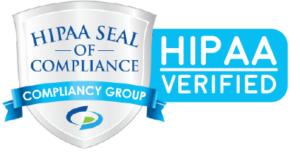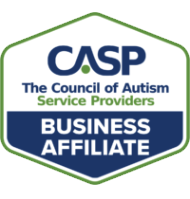Guest blogger, Sara Gershfeld Litvak, MA, BCBA, shares with us her thoughts on what the best practices of an ethical ABA services waitlist can look like.
We’ve all been there. We didn’t make a reservation and now there’s an hour-and-a-half wait for our favorite restaurant. In most lines of business, a waitlist keeps customers warm (read: cozy, remembering you, and hungry to buy more). It makes the business stick out because customers can’t wait another moment to get into restaurant [X] tonight.
But when it comes to Applied Behavior Analysis, a waitlist is unappealing. When an organization has a waitlist, many more children are not getting the medically necessary services they require.
The high demand for services across the United States causes families to face long waitlist times, with little-to-no understanding of whether their child will have the opportunity to receive treatment in a timely manner.
With a background in quality assurance, I’ve worked with numerous organizations who have had varying policies and procedures related to waitlist management. More often than not, these policies were based on a judgment call. A quick Google search of “applied behavior analysis waitlist ethics” provided me with the November 2014 BACB Newsletter, stating the following:
“To be clear, the BACB does not prohibit certificants from charging retainers or placing clients on waitlists, as long as clients in need of immediate or time-sensitive services are advised to seek them.”
I then searched for other perspectives on the waitlist, and many in other professions, such as surgeons, college admissions departments, and mental health, had written about and discussed the ideal waitlist approach.
At the BHCOE, we strive to create standards of excellence related to care at the agency level. We recently met with some of our advisory board members and BHCOE providers to compile a best practices guide for a behavioral organization’s waitlist management policies. A summary of the policy is:
1. Clearly Communicate Expectations for Waitlist Time
A realistic waitlist time should be communicated to caregivers at the onset of intake. A range may be provided related to the following criteria:
- Less than 3 months Waitlist
- Less than 6 months Waitlist
- Less than 1-year Waitlist
- 1 year + Waitlist
2. A Peer Referral System is in Effect
A provider should identify 1-2 other service providers in their region who they believe provide quality services. It is recommended that provider give families a list of additional services in the area to aide in the reduction of waiting time and to maximize opportunities for evidence-based treatments, reducing the family’s stress level. An added bonus of an effective peer referral system includes reciprocity when a neighboring provider is at capacity.
3. Resources Are Provided to Caregivers on the Waitlist
Access to treatment, especially at a young age, can make a critical difference in the effectiveness of behavioral interventions. One way for clients to benefit from evidence-based practices while waiting for treatment to begin is to provide comprehensive caregiver resources, online trainings, connections to local support groups, and continued support. Please consult the BHCOE recommendations for caregiver resources for suggestions on what to include in training resources for caregivers on the waitlist.
4. Close Supervision Over Waitlist Times and Caregiver Needs
Regular check-ins with caregivers is helpful because you can answer questions they may have, provide support, and promptly update your waitlist if the caregiver is no longer needing services.
5. Formal Waitlist Analysis Conducted with Data
A formal waitlist policy should be developed with data collected on the rate of fade out, changes in staff availability, and provider capacity. This data can be used to predict future availability and assess realistic waitlist times for a particular period of time with increased accuracy.
We would all rather not be in the situation of having to keep a waitlist, but unfortunately, it does become necessary at times. Following these basic core principles will help providers and those in need with the best services available, even if some must be placed on a waitlist.





